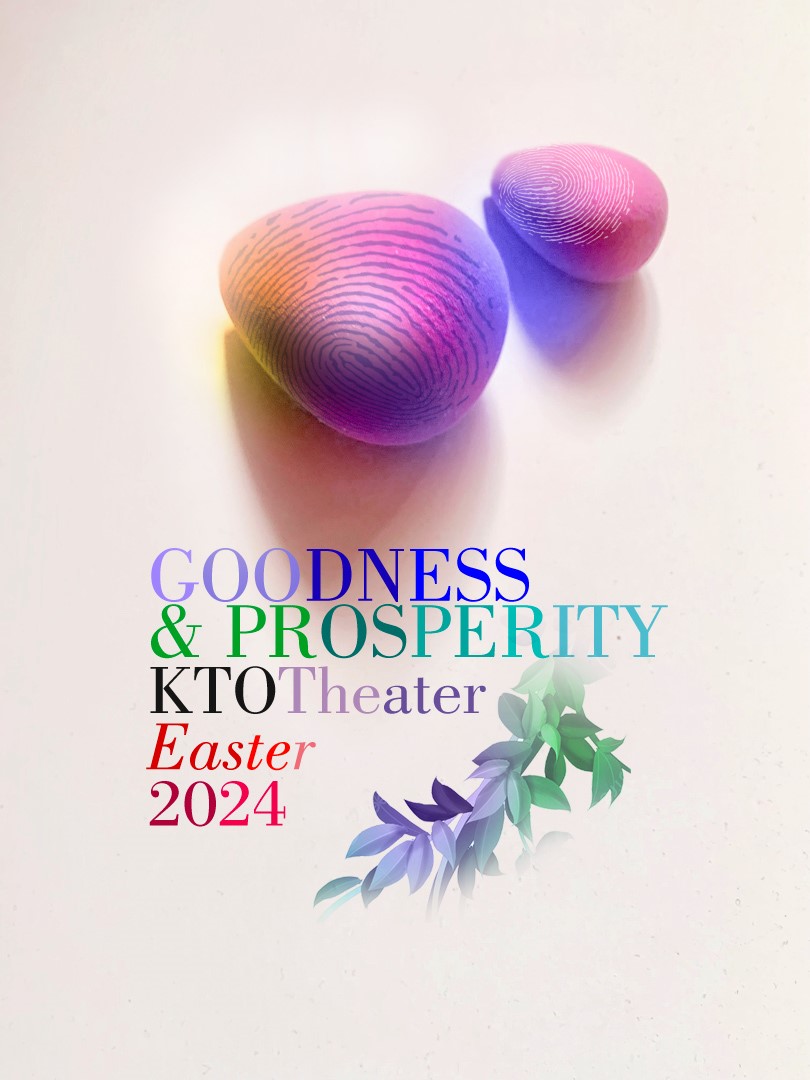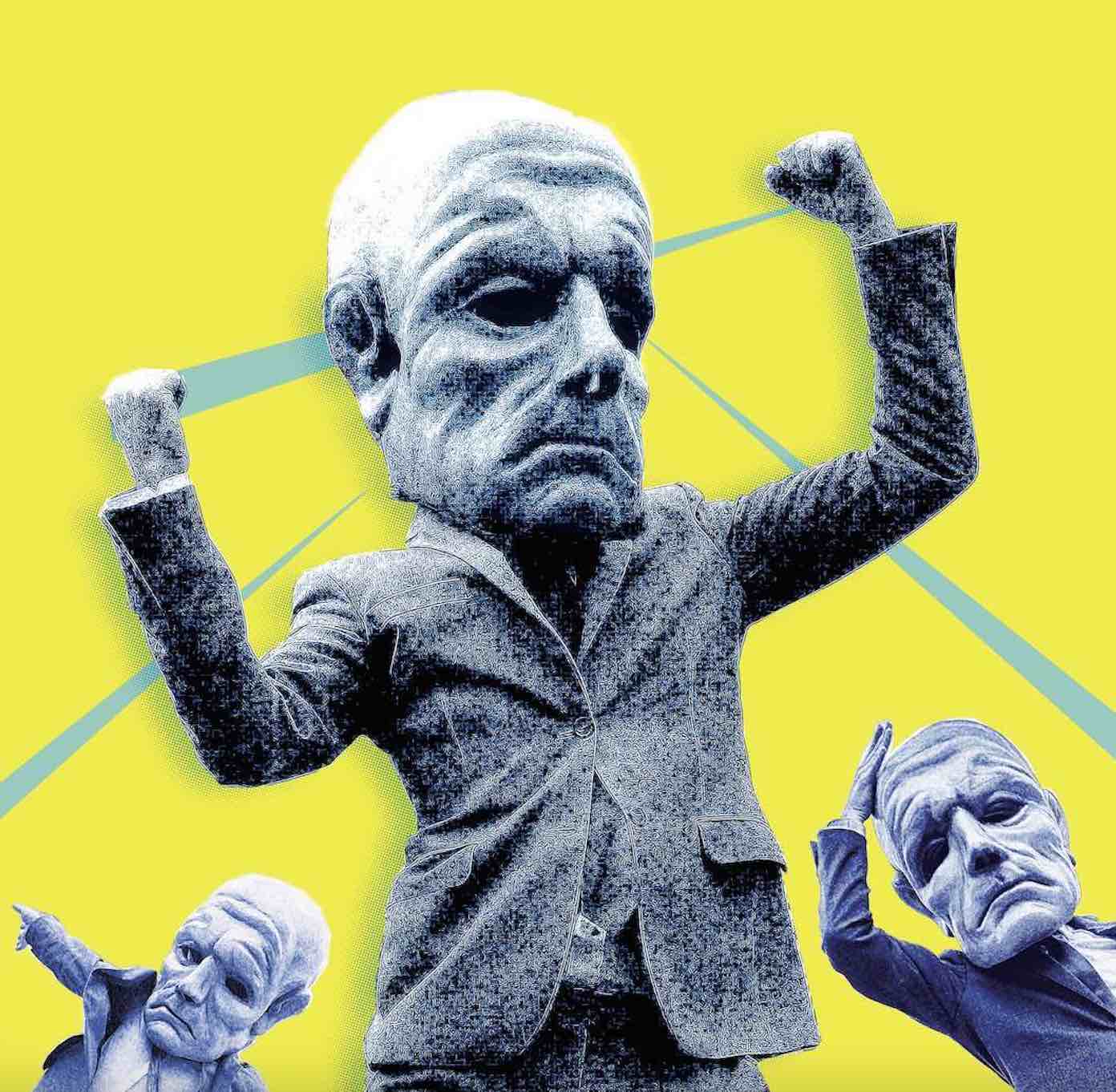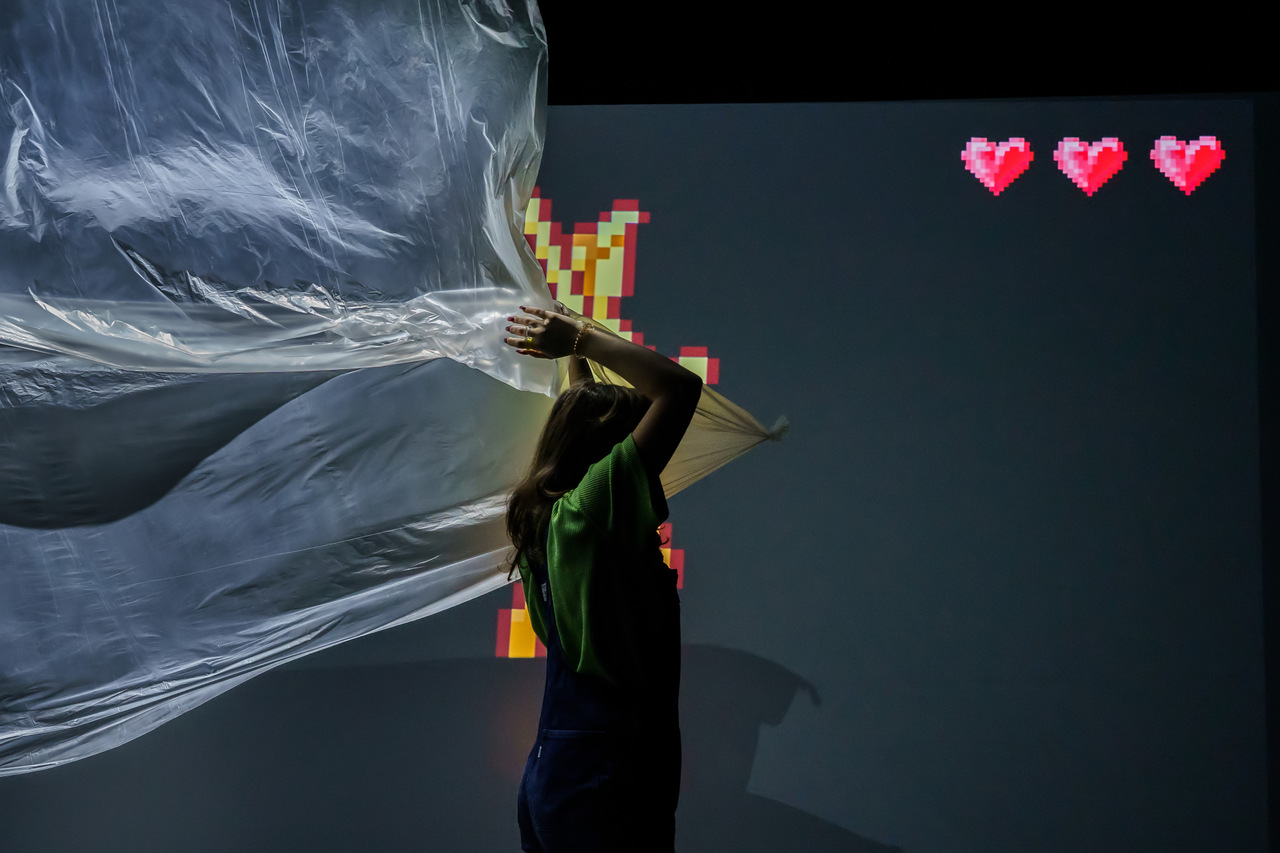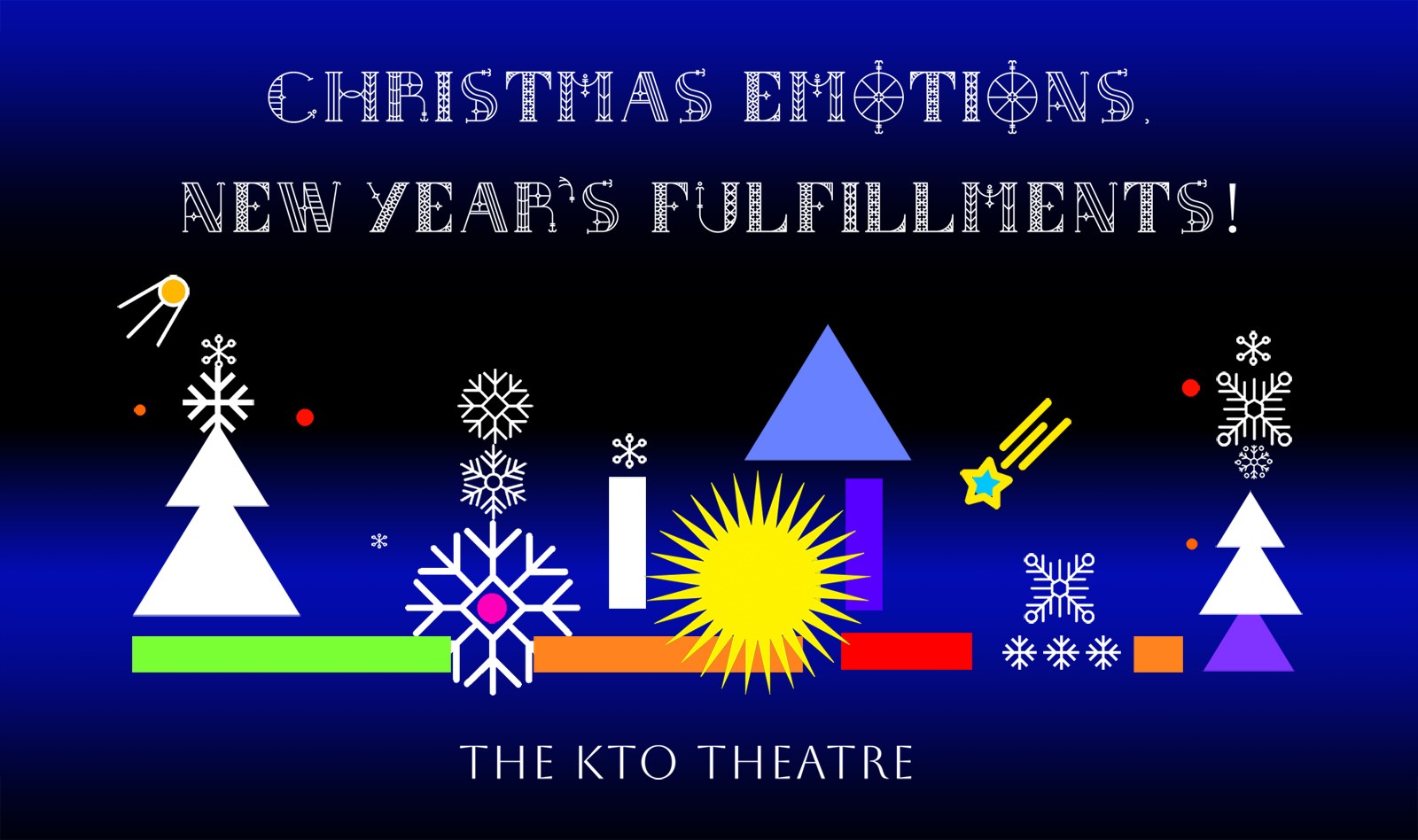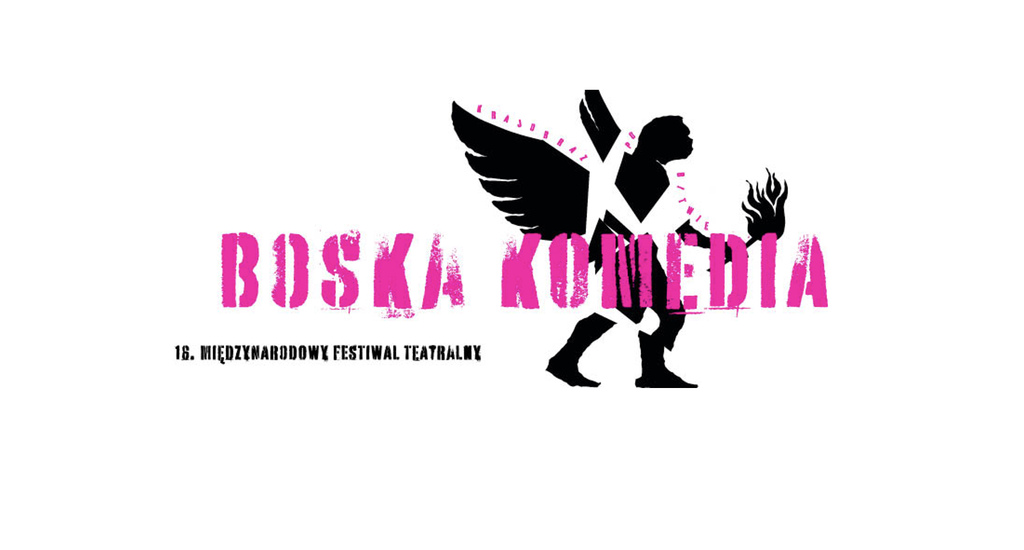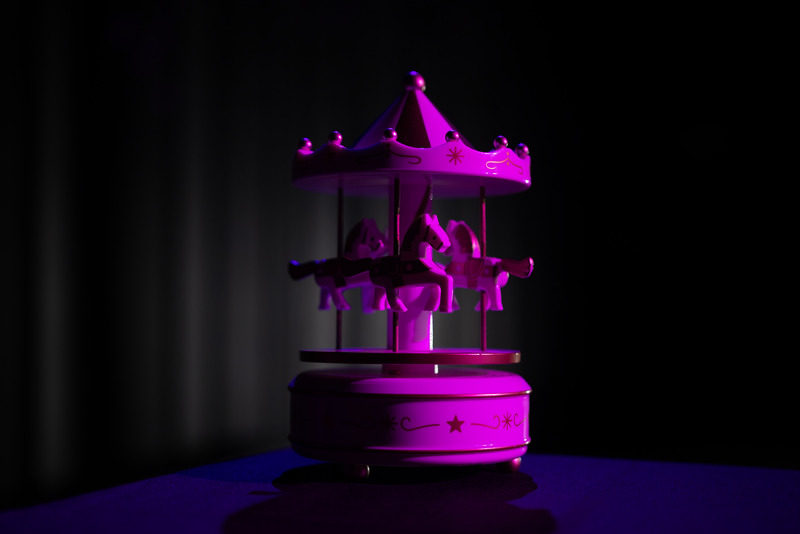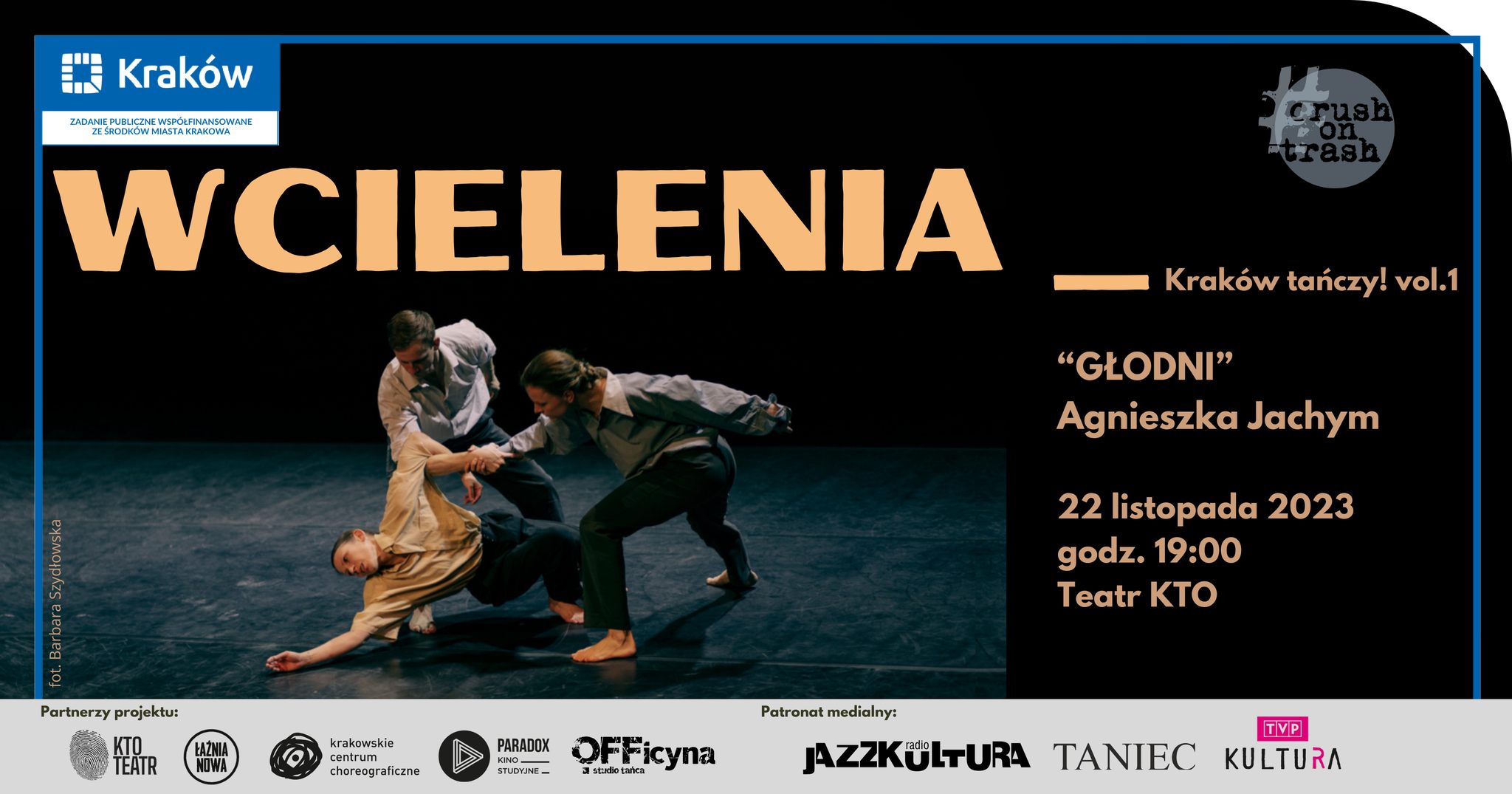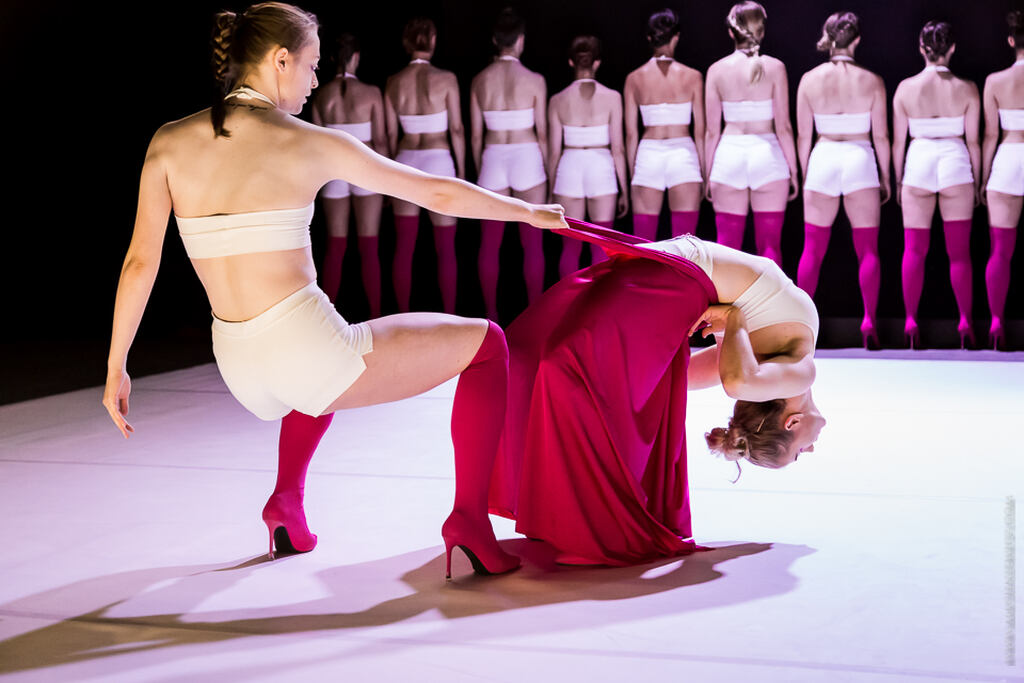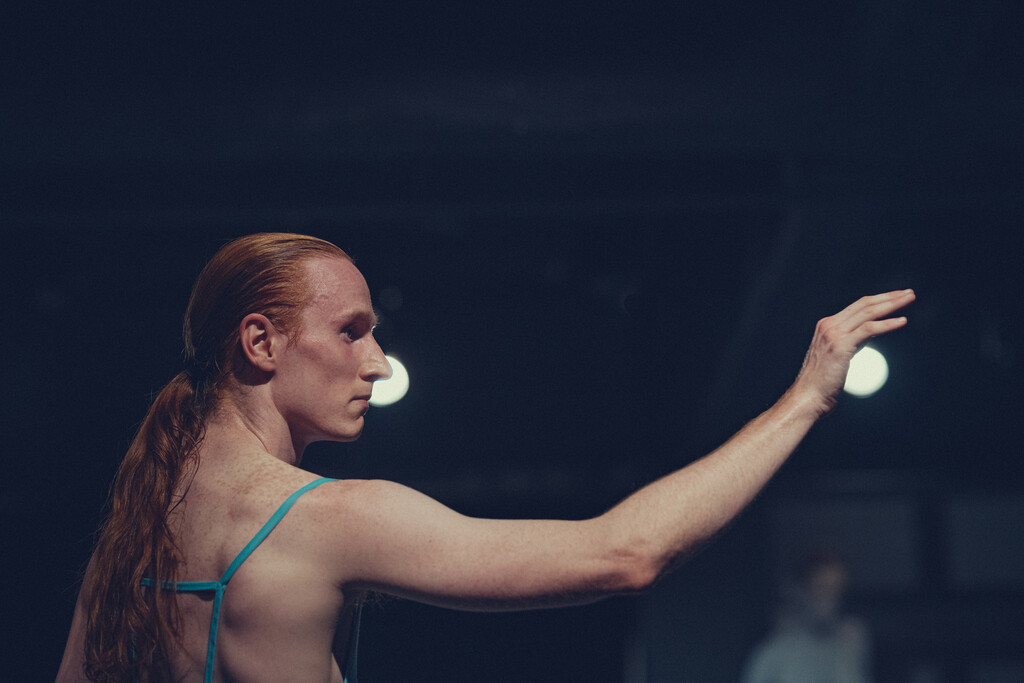“Four More” is a series of stage compositions for four female performers and their bodies, space, sound and light. The performance is an aesthetic continuation of the theatre and dance performance “Four”, created in 2018.
—
January 11 in the KTO Theatre
Tickets >>> here
—
Anyone who meditates on four things would be better for him never to be born: what is above, what is below, what is before and what is after.
Source: Hagigah, Talmud

—
In mathematics, the number four is the smallest natural composite number.
Source: Wikipedia

—
The ancients taught that any overall judgment must be quadruple. There were four stages of existence: ordinary (like a stone), existence with growth (plants), existence with growth and feeling (animals), and existence with growth, feeling and reason (man). According to the Stoics, the soul experiences four kinds of emotions: desire, joy, fear and sadness. Carl Gustav Jung argues that, before Plato, Greek philosophy tended to be “quaternary thinking” and that most symbols – if they are not human figures but are geometric or numerical in nature – are “four in nature”. The Bible, on the other hand, compares man to a vessel for four reasons: creation, content, usefulness, and benefit. In Germanic mythology, the four elements were associated with: Salamandra with fire, Ondine with water, Sylph with air and Kobolds with earth. Echoes of Germanic mythology and the symbolism of the number four can be heard both in Wagner’s work and in Goethe’s “Faust”. In part II of the poem, the dialogue between the Mermaids and the Nereids (Tritons) revolves around the image of 3 or 4 and 7 or 8 Kabirs, respectively. The Kabirs (or Kabeirs) are powerful, great teachers of order and secret power. It is always about one more than the magic number 3 or 7; he is that mysterious, omnipotent, omniscient, but also unknown, unspeakable.
Source: Michał Szurek, Numbers in Culture

—
The feminine word four in Polish used to be etymologically masculine. It is similar in most Slavic languages.
Source: Aleksander Brückner, The Etymological Dictionary of the Polish Language

—
In the numerology of the first centuries of Christianity, the numbers 3 and 4 are of key importance, which refer to the fundamental opposition between the spirit and the body, where 3 stands for spirituality and 4 for carnality. Four by analogy with 4 winds, 4 elements and 4 seasons is the number assigned to the earth and, consequently, to people. In the mystical interpretation, the name Adam is associated with what is associated with man, because it consists of 4 letters. The numbers 3 and 4 are central to Christian numerology. The sum of the fundamental values gives the number 7. It is the combination of the corporeal and the spiritual, therefore it is the first total number.
Source: V. F. Hoppe, La Symbolique médiévale des nombres

—
One of the most famous engravings by Albrecht Dürer is “Four Naked Women” (or “Four Witches”). Four naked women stand in a cramped, empty room. Each of them is positioned differently towards the viewer, and their eyes are directed towards something invisible. One has a small head on a large body and a strict, regular, almost classic profile. The second has a mildly contoured, pretty face with an expression of distress, and her body is younger than the rest. The third one has her back to us – her face is not visible. The fourth, which is half-hidden behind the rest, has a rustic face with incredibly tight lips. Their bodies are heavy. The ideals of beauty are changing, but it seems that Dürer had no intention of portraying the perfect beauties in this engraving. The naturalness and spontaneity of the bodies shown in the picture mean that we do not think about ancient grace, but rather about living nature. In those days, men and women often visited the baths together. Dürer was probably inspired by the women observed there, who could also pose naked for him. Bone and a skull lie under the women’s feet, and a monster (devil?) looks out from behind the door. Above their heads is a round lamp with a date and three mysterious letters “OGN” that are interpreted in different ways, but neither interpretation seems convincing. It is not even known whether German or Latin words are hidden behind these letters. Their meaning remains forever lost.
Source: Painting Planet

—
Tetraphobia is an aversion or fear of the number 4. This is a widespread superstition in East Asia, incl. in China, Taiwan, Japan, Korea and Vietnam. In most dialects of Chinese and other Asian languages that have many borrowings from Chinese, the word “four” (sì) sounds similar to the word “death.” In buildings, the number of the fourth storey is avoided, this applies to hotels, apartment blocks and hospitals. In the case of residential complexes, block numbering 4, 14, 24 is avoided and replaced with the numbers 3A, 13A or 23A. In Korea, the letter F is used instead of the 4th floor. In China, the numbers 14, 24 and 74 are considered even more unlucky, because 14 sounds like “wanting death”, 24 like “easy death” and 74 like “surely death”.
Source: Wikipedia

— — — — — — —
written and directed by Marcin Herich
choreography cooperation: a team
acting: Alina Bachara, Katarzyna Gogacz, Karolina Wosz, Marta Zielonka
music: Clint Mansell, Dark Sanctuary, Fetish Park, Mr Geoffrey & JD Franzke, Social Interiors
cooperation in the arrangement of space, scenery and light: Cezary Kruszyna
duration of the performance: 55 minutes
— — — — — — —
photo: Agnieszka Seidel-Kożuch


